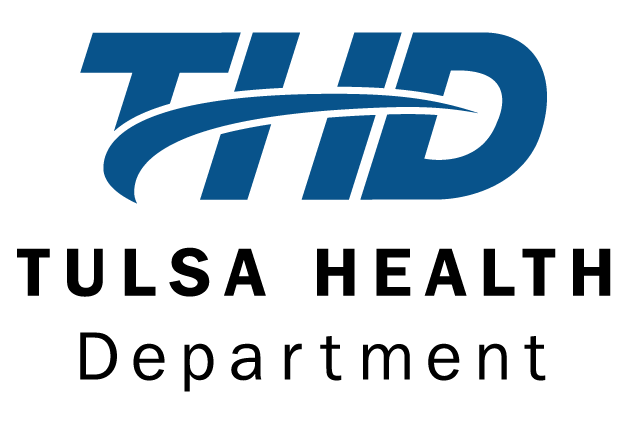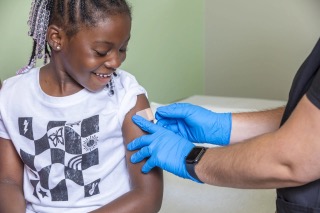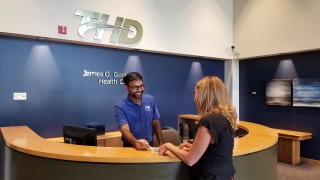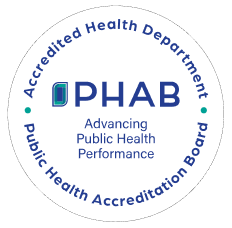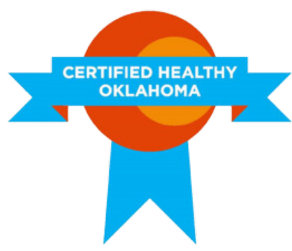Health Equity is a common term used in public health. It is defined as the opportunity to attain the highest level of health for everyone.
Therefore, health equity, as a core value, is essential to the Tulsa Health Department (THD), but, it has to be more than words on a page.
Those of us that interface with Tulsa County residents every day, must live this core value. One way of living the value of health equity is to become aware of our own unconscious biases, consider where the biases comes from, and discontinue projecting biased behavior upon others. What is unconscious bias? Bias is a prejudice in favor of, or against, one thing, person, or group compared with another, usually in a way that is considered to be unfair. Biases may be held by an individual, group, or institution, and can have negative or positive consequences.
While becoming more aware of our own implicit biases, it also important to raise our mindfulness of systematic and institutional racism that prevent vulnerable populations from achieving an optimal level of health. What is “Systemic Racism”? It refers to how ideas of white superiority are captured in everyday thinking at a systems level: taking in the big picture of how society operates, rather than looking at one-on-one interactions. These systems can include laws and regulations, but also unquestioned social systems. Systemic racism can stem from education, hiring practices or access. Therefore, THD must not simply facilitate a downward stream approach to reducing chronic diseases and increasing life expectancy that typically involves health education, access to care and consideration of genetic factors. While those factors are important, we must employ an upstream approach that involves “calling out” how the United States intentionally structured its systems to (repeatedly) exclude certain groups of people from full participation and representation, based on their race and ethnicity.
Recently, I had the privilege of sharing information regarding Health Equity with all THD employees. The presentation begins by highlighting a daunting 2007 data fact regarding the 14 year life expectancy difference between residents of north and south Tulsa. We then discuss the response from the local healthcare community, which primarily concentrated on increasing access to care.
Although there was slight improvement in 2015, specifically as relates to zip code 74126, which had the worst health outcomes in 2007, THD was not satisfied with the improvement, and introduced the concepts of social determinants of health to the community.
Here, the healthcare system began to understand that a focus on clinical care or access to care only improves the health of a community approximately 20%. Therefore, in order to achieve greater gains, there must be a broader effort to improve health that includes targeting health behaviors, economic/social factors and physical environments. We now know that in addition to the social determinants of health, there must also be an emphasis on health equity to achieve even greater gains in health outcomes. This is where the presentation shifts and the audience begins to hear about historical examples of why there are health inequities, which cause poor health outcomes, and lead to premature death in the United States. Inequities are created when barriers prevent individuals and communities from accessing these conditions and reaching their full potential. Inequities differ from health disparities, which are differences in health status between people related to social or demographic factors such as race, gender, income or geographic region. This is why it is important to help individuals working in the public health arena see how unconscious bias and systematic or institutional racism impacts far too many lives adversely in the United States.
In order to achieve health equity, we must value all people equally. We must optimize the conditions in which people are born, grow, live, work, learn and age. We must work with other sectors to address the factors that influence health, including employment, housing, education, health care, public safety and food access. We must name racism as a force in determining how these social determinants are distributed.
